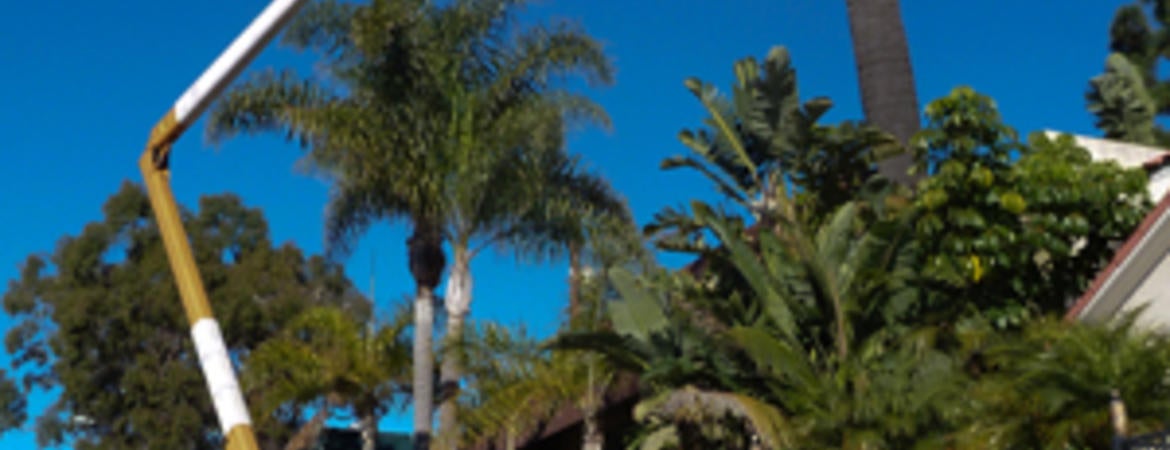
Red Palm Weevil Technical Working Group Field Trip to Laguna Beach
29 November to 1 December 2010
The red palm weevil (RPW) technical working group (TWG) met for three days in Laguna Beach over the period 29 November to 1 December 2010. The TWG was comprised of experts working on RPW in Spain, Israel, and the Caribbean, and other types of palm weevil pests in Florida. This core of RPW experts was supplemented by research scientists from the University of California Riverside, CDFA, and USDA, University of California Cooperative Extension Personnel from San Diego, Orange, and Los Angeles Counties, and entomologists from the Orange and San Diego Counties Agricultural Commissioner’s Offices.
The purpose of the meeting was to thoroughly inspect the current RPW infestation zone with RPW experts so that their opinions and expertise on indentifying palms potentially infested with RPW could be extended to California workers responsible for developing a management plan for RPW (Monday 29 November 2010). Scientists working on palm pests gave presentations on RPW biology, ecology, and management strategies being used in the Middle East (Dan Gerling), Spain (Josep Anton Jacas Miret), and Aruba and Curacao in the Caribbean (Amy Roda), and for other types of palm weevil pests in Florida (Robin Michael Giblin-Davis) (Tuesday 30 November 2010). These presentations, along with others on RPW biology and management, and video of RPW in the Canary Islands (in Spanish) are available on the CISR RPW website. The presentations were highly informative and generated a lot of extremely valuable discussion on RPW management strategies and control options for California.
Josep Jacas (from Spain) presented information from the Canary Islands (the area where highly vulnerable Canary Islands Palms, Phoenix canariensis, are native) where recent data from aggressive control and trapping programs, implementation of total bans on palm importations and interisland movement of palms, together with intensive follow up surveys suggest that the Canary Islands RPW managers may be on the verge of eradicating this pest from three infested islands. This newly emerging result, if it can be sustained for three consecutive years, will result in the islands being officially declared RPW free. The potential success of this program is extremely encouraging for California as it may be indicative that with sufficient resources and commitment over a sufficient time period, the highly localized RPW infestation in Laguna Beach could be contained and perhaps permanently eliminated.

From the walking inspection that was conducted on Monday 29 November, one Canary Islands palm was identified on the Pacific Coast Highway as having a high probability of being infested with RPW. Don Hodel (an environmental horticulturist for the University of California Cooperative Extension, Los Angeles County with expertise in palms) arranged for a bucket truck with West Coast Arborists to be available for the morning of Wednesday 1 Dec 2010 so the suspect palm could be inspected. Josep Jacas (RPW expert from Spain) helped to remove damaged palm fronds from the palm of interest. He also examined the crown of the palm for RPW feeding damage, and for evidence of live RPW life stages (e.g., fresh cocoons or adults) on the trunk of the palm and in the foliage.
Inspection of this palm confirmed that RPW had attacked it. Dead or dying fronds showed evidence of weevil attack, empty cocoons were also found. NO live life stages of RPW were found. However, this does not necessarily mean that the palm is free of RPW. It is possible that the RPW population in the palm is too low to be easily detected. Management options for this palm are under discussion now between experts at the CDFA and USDA.